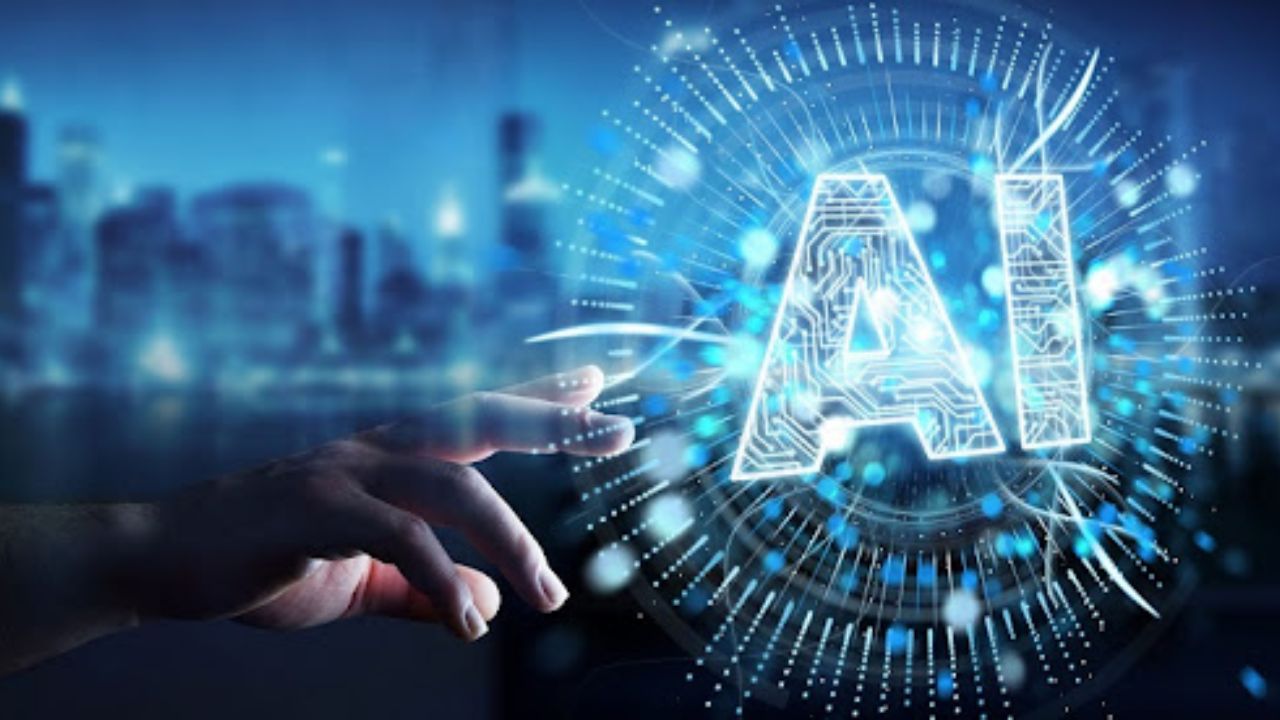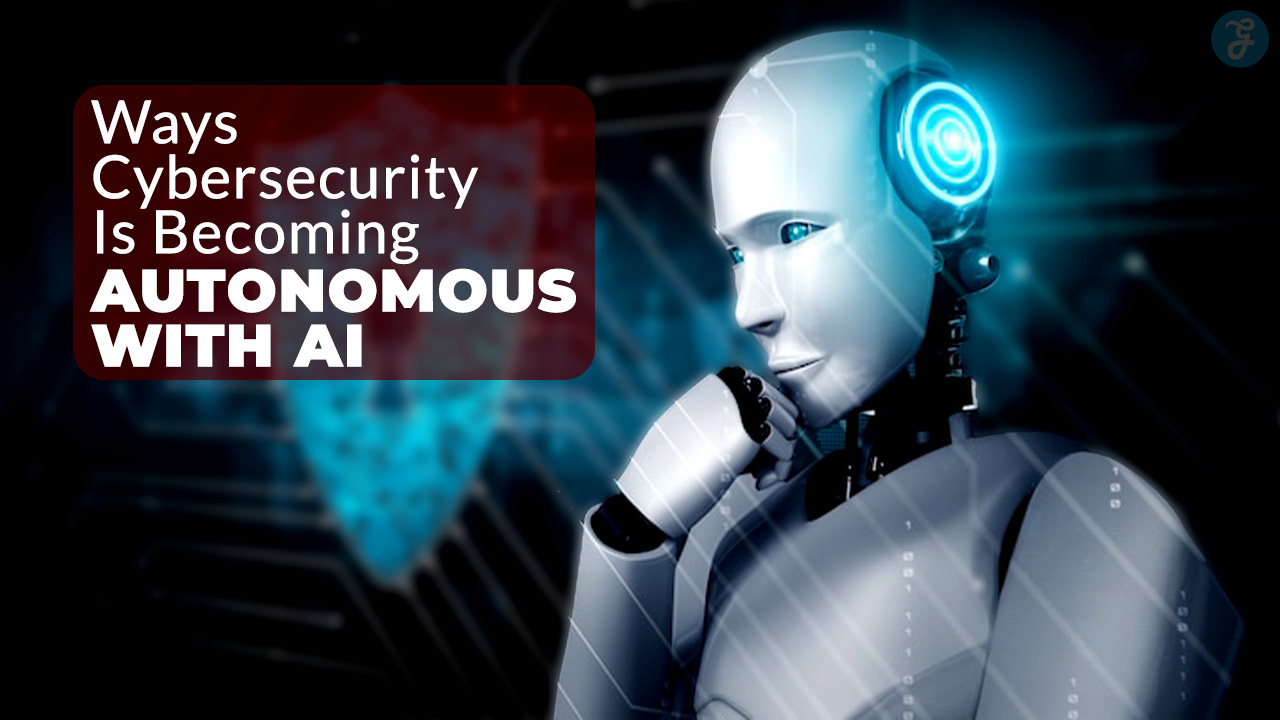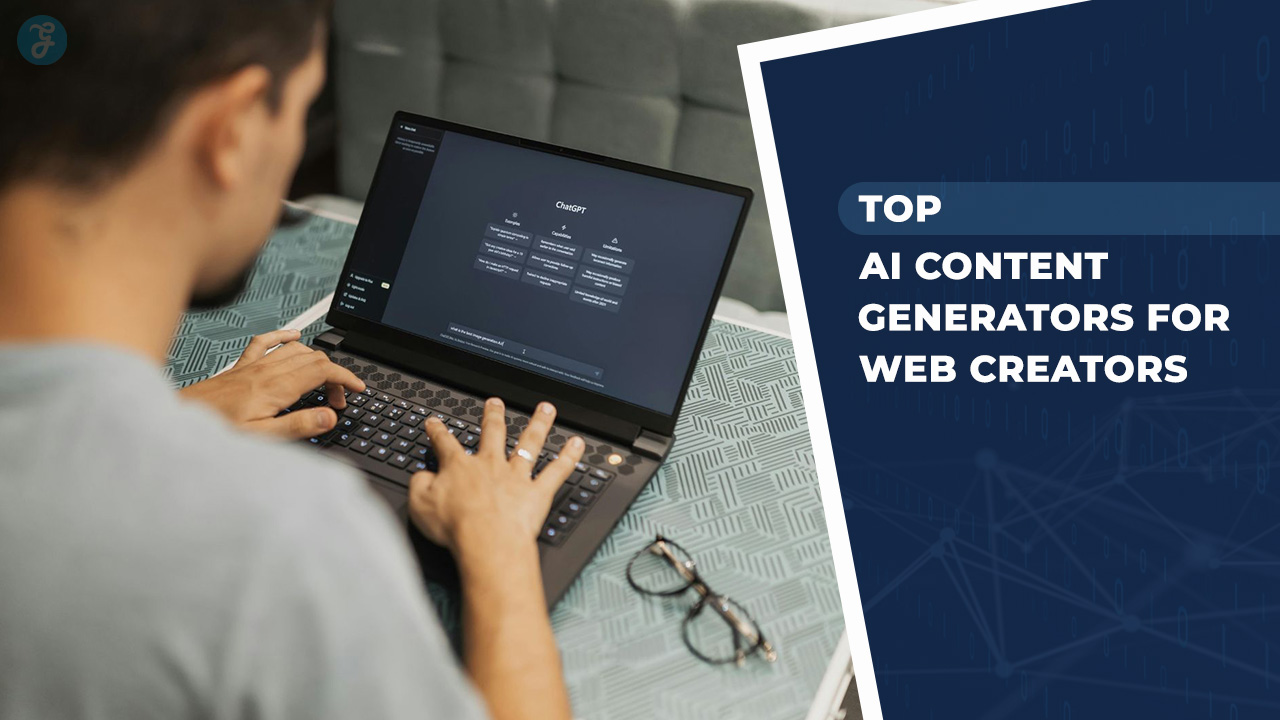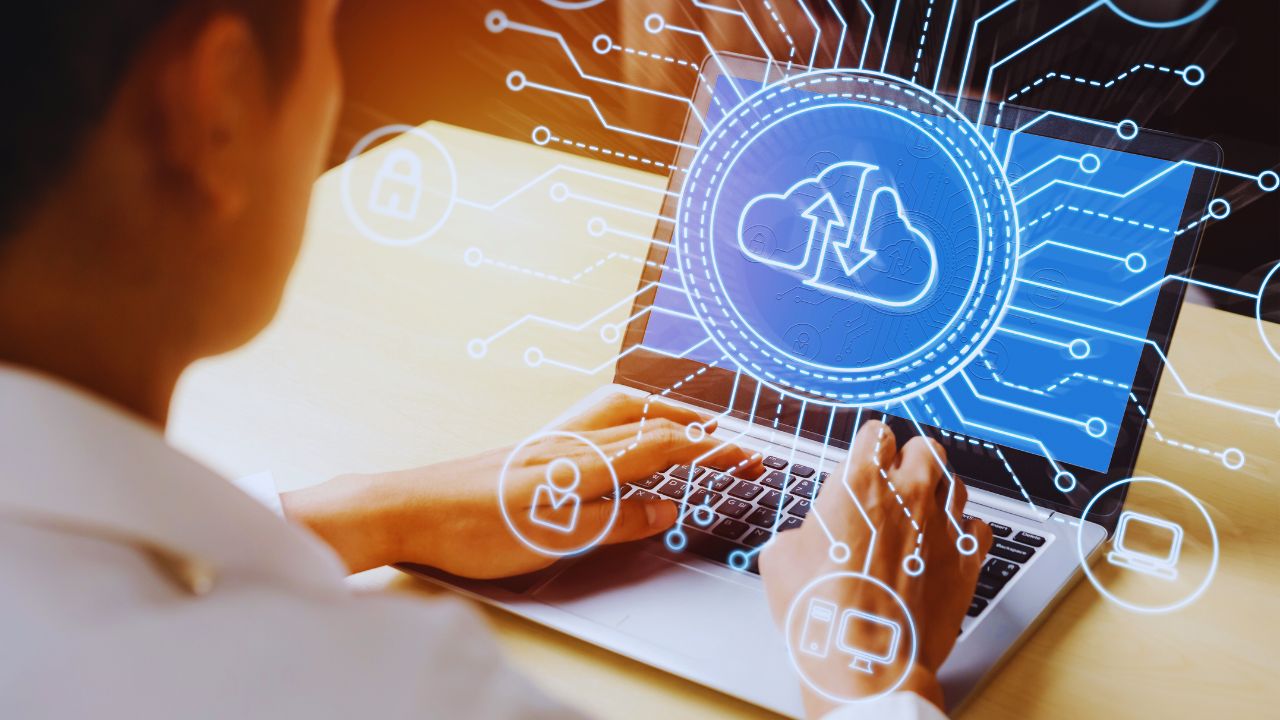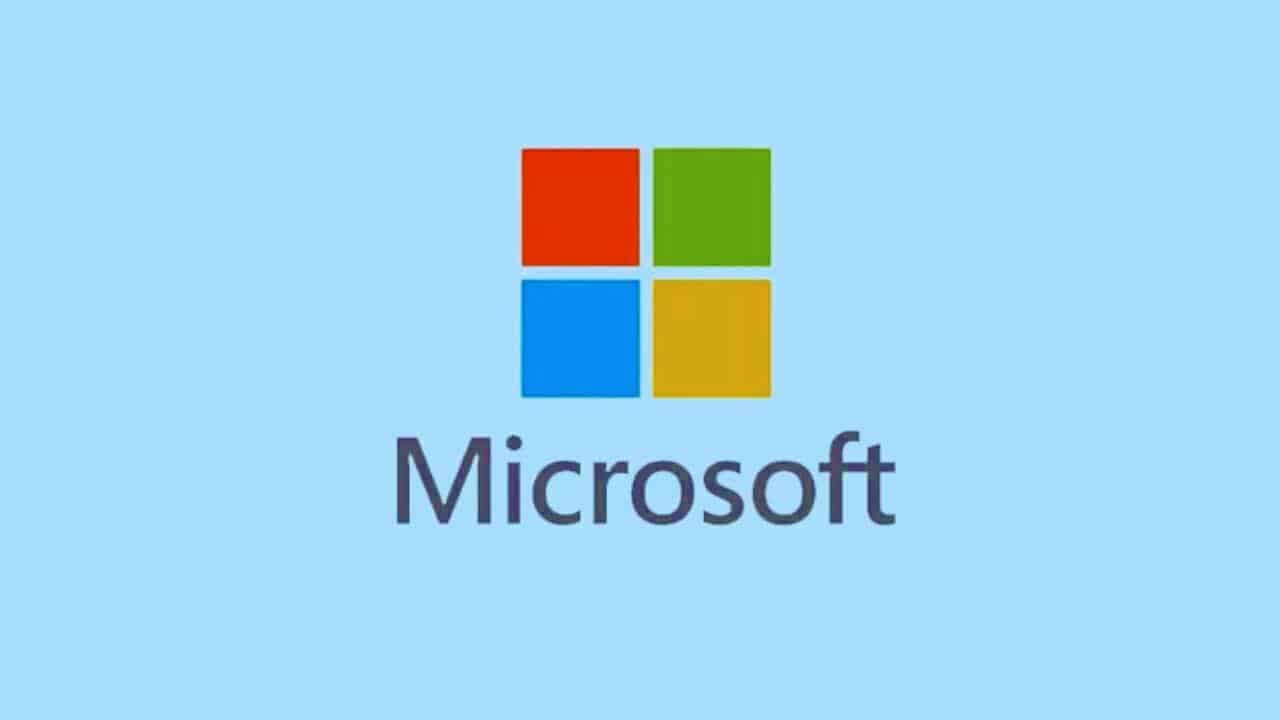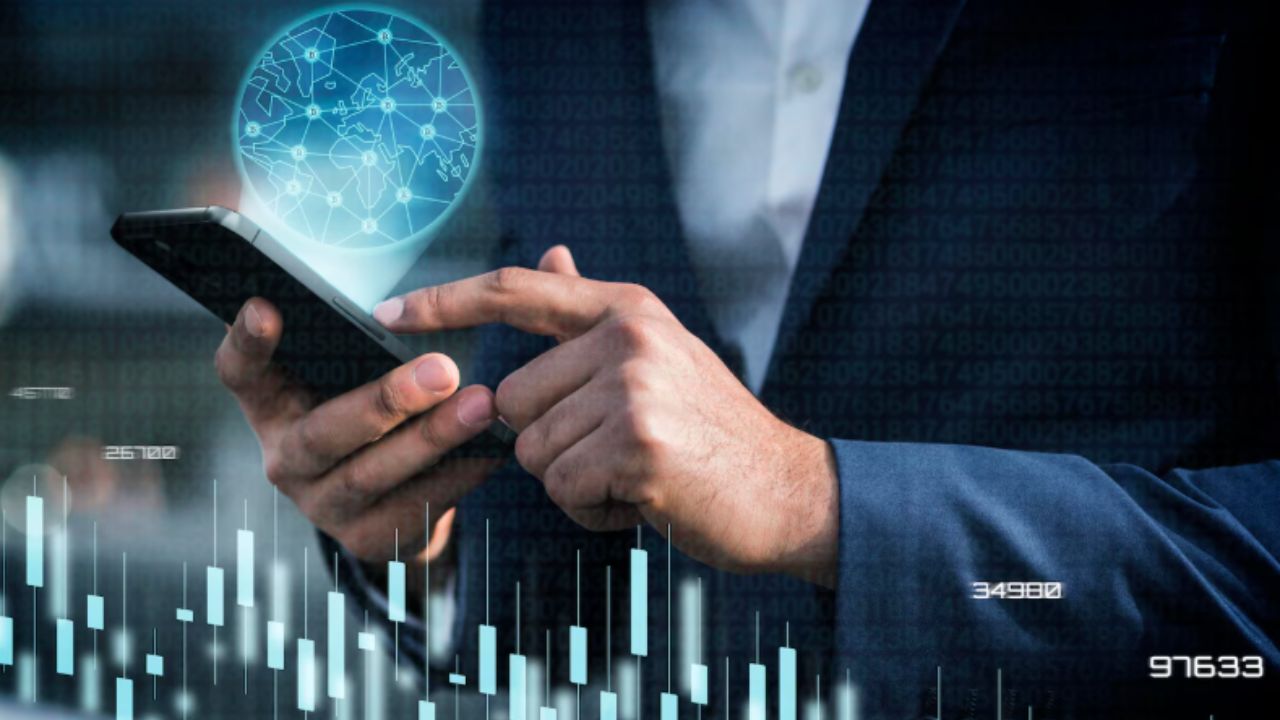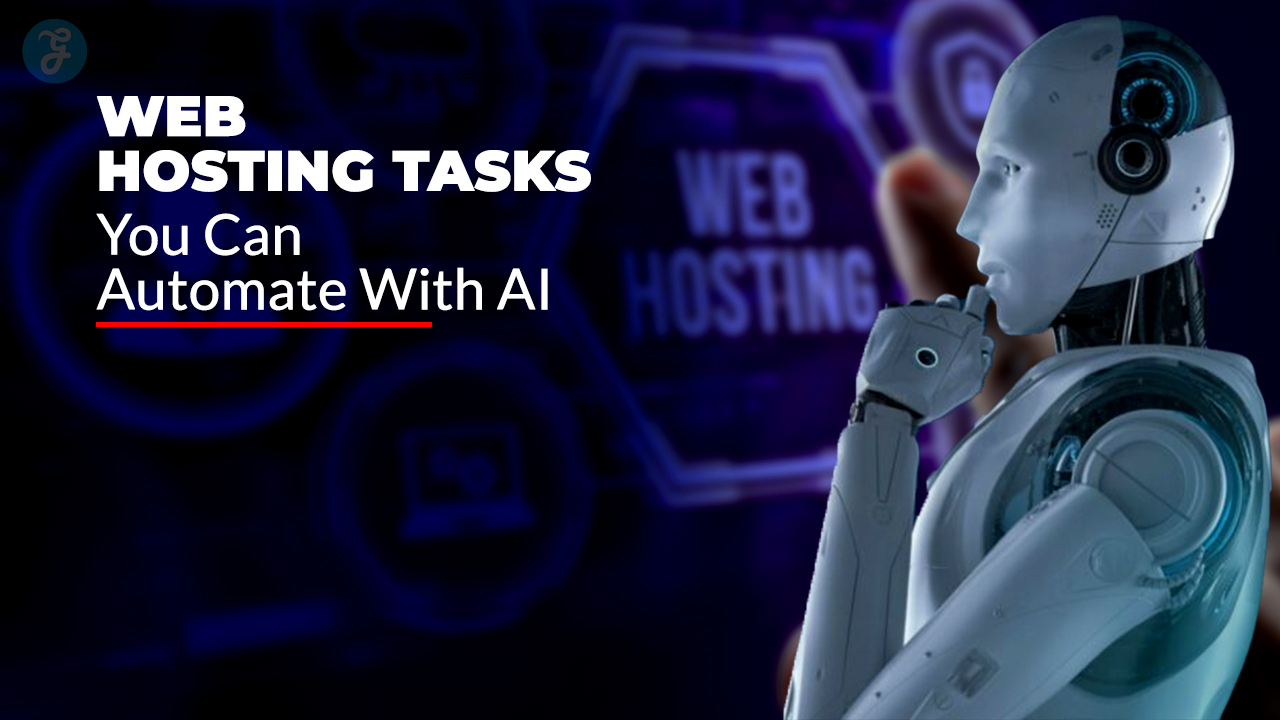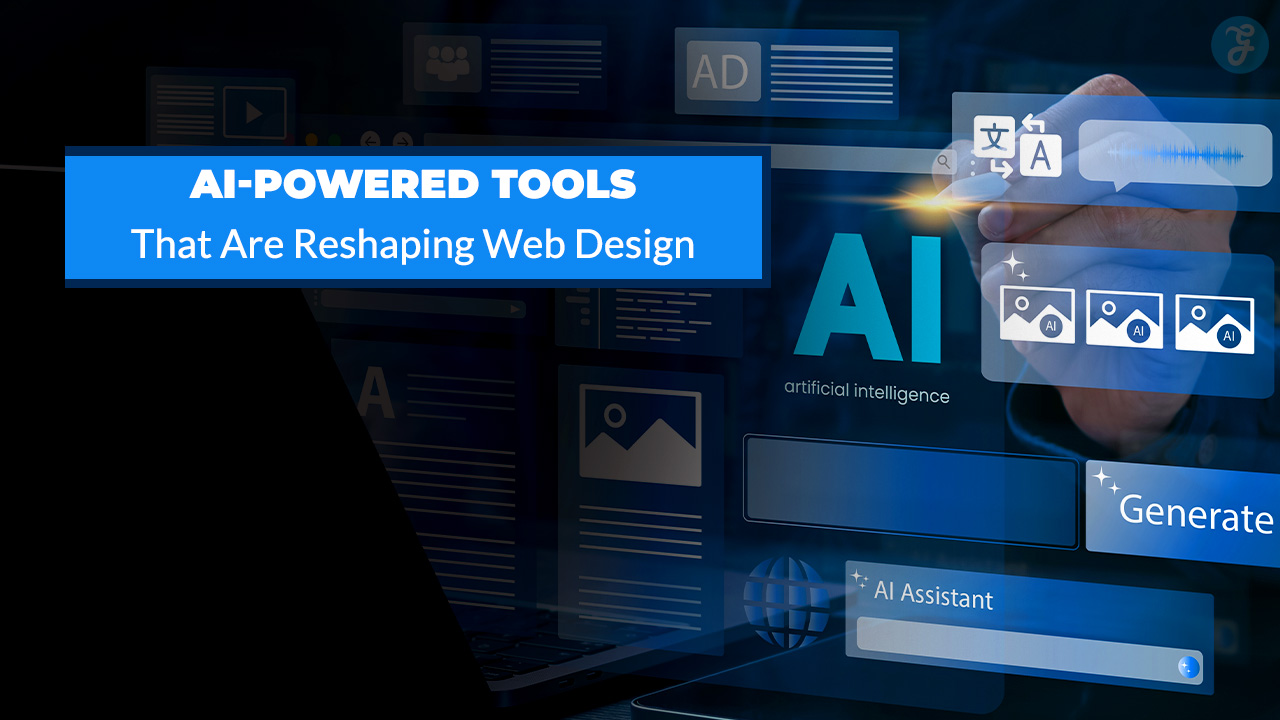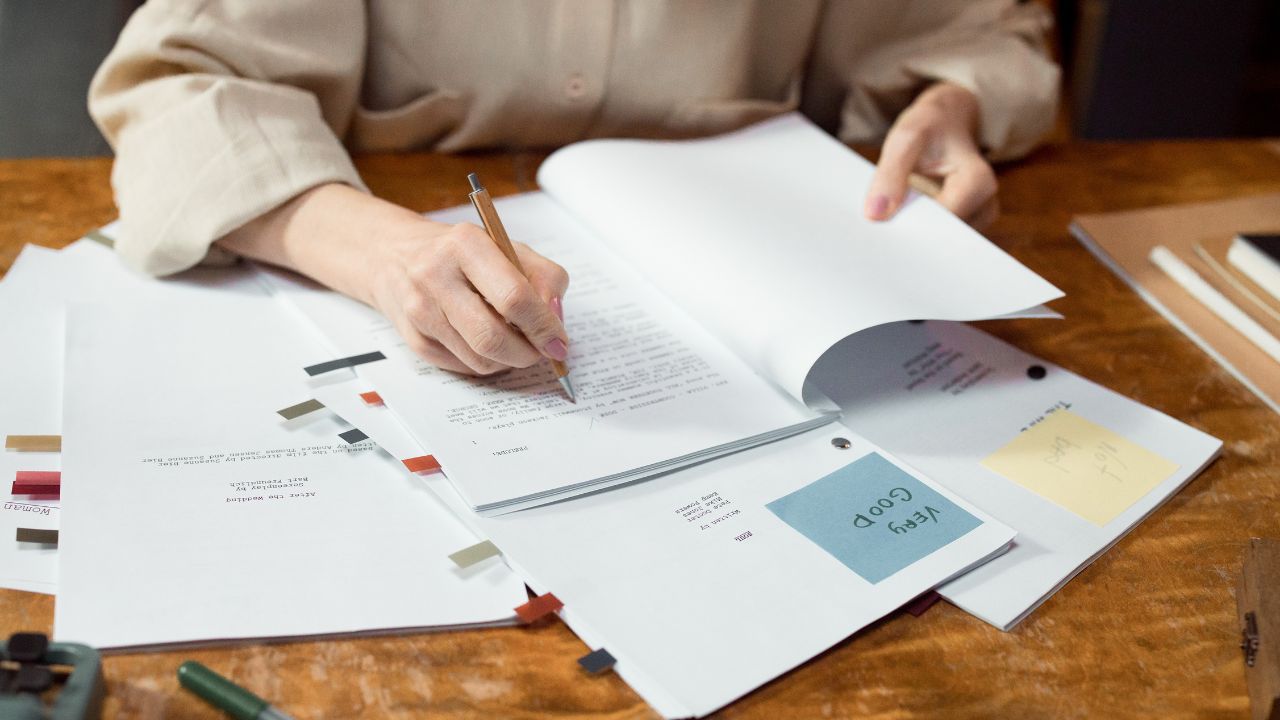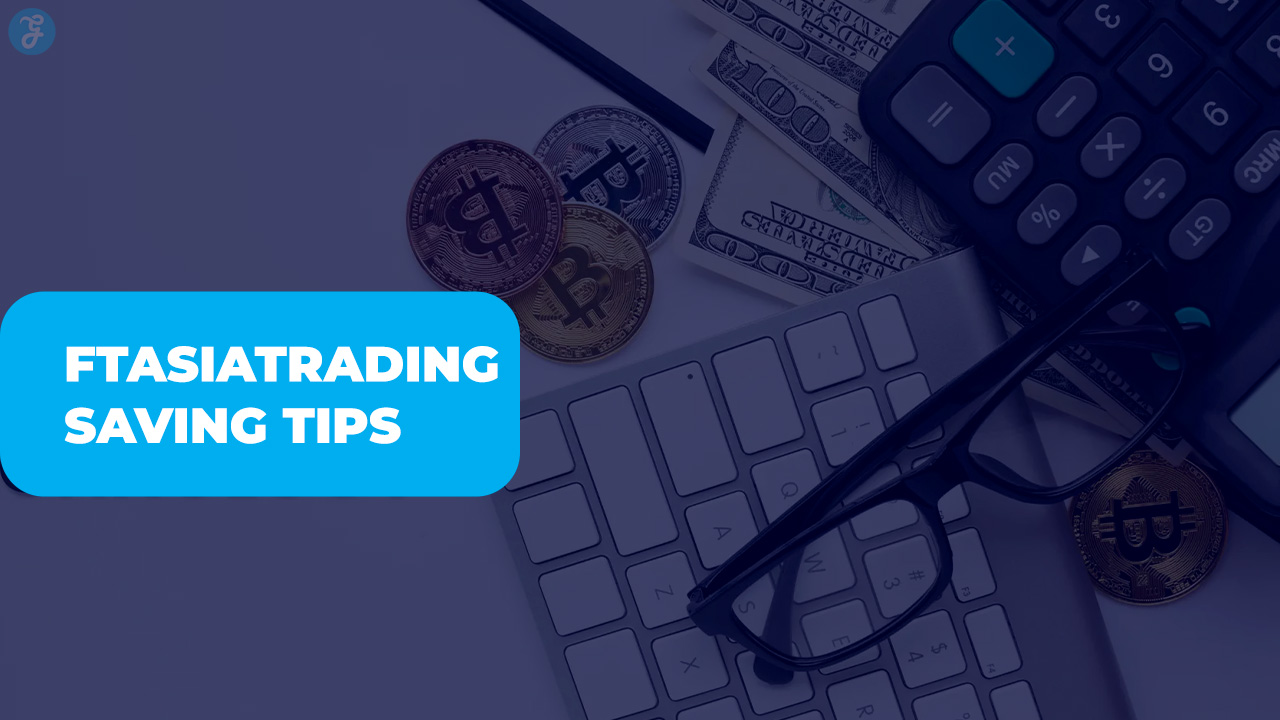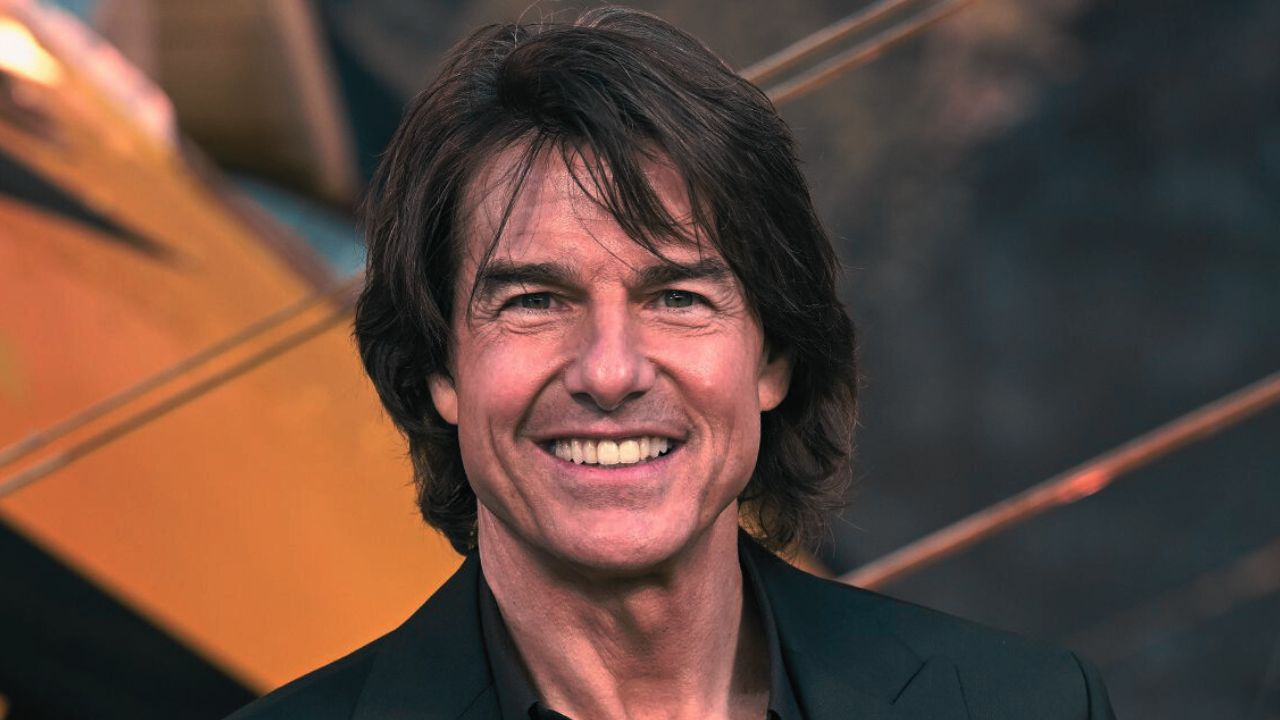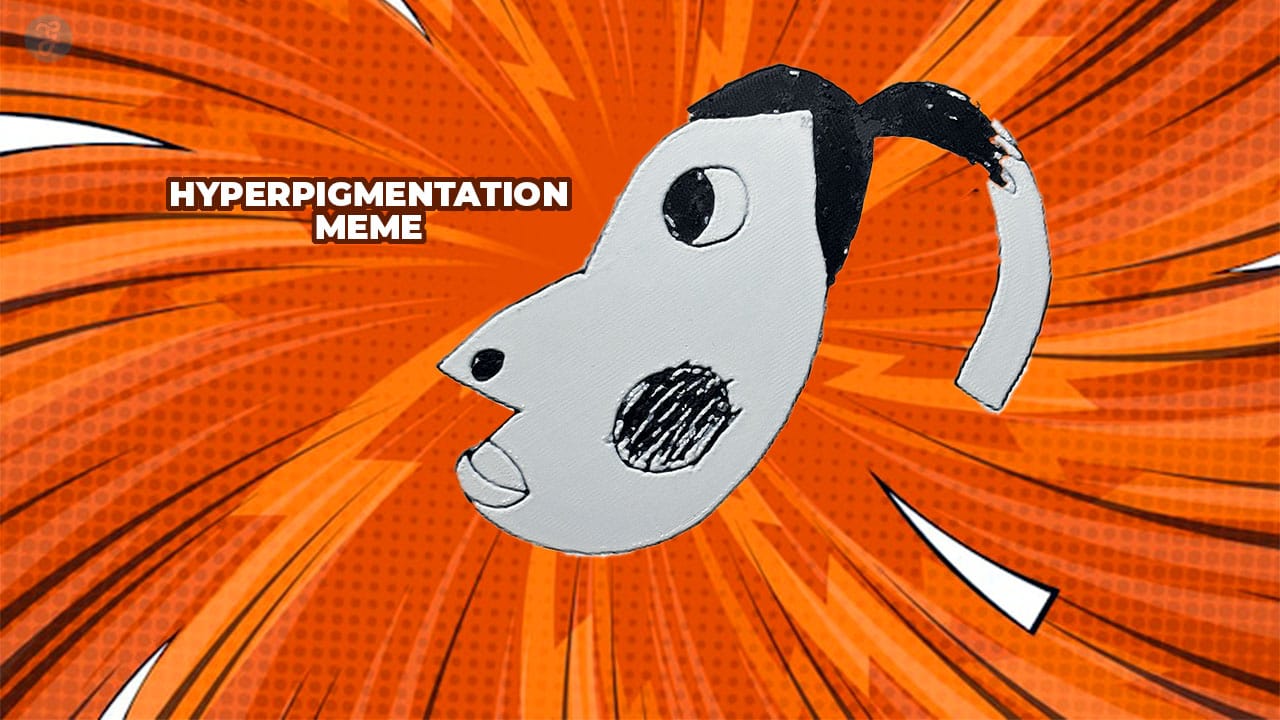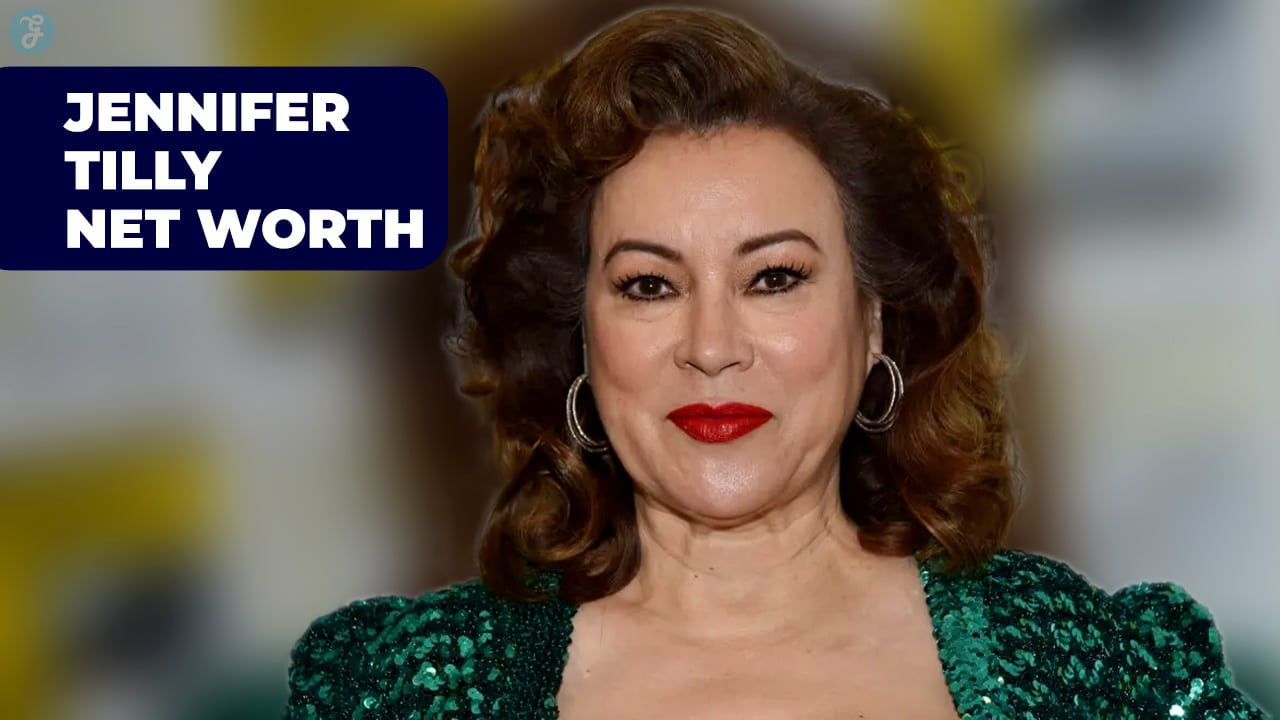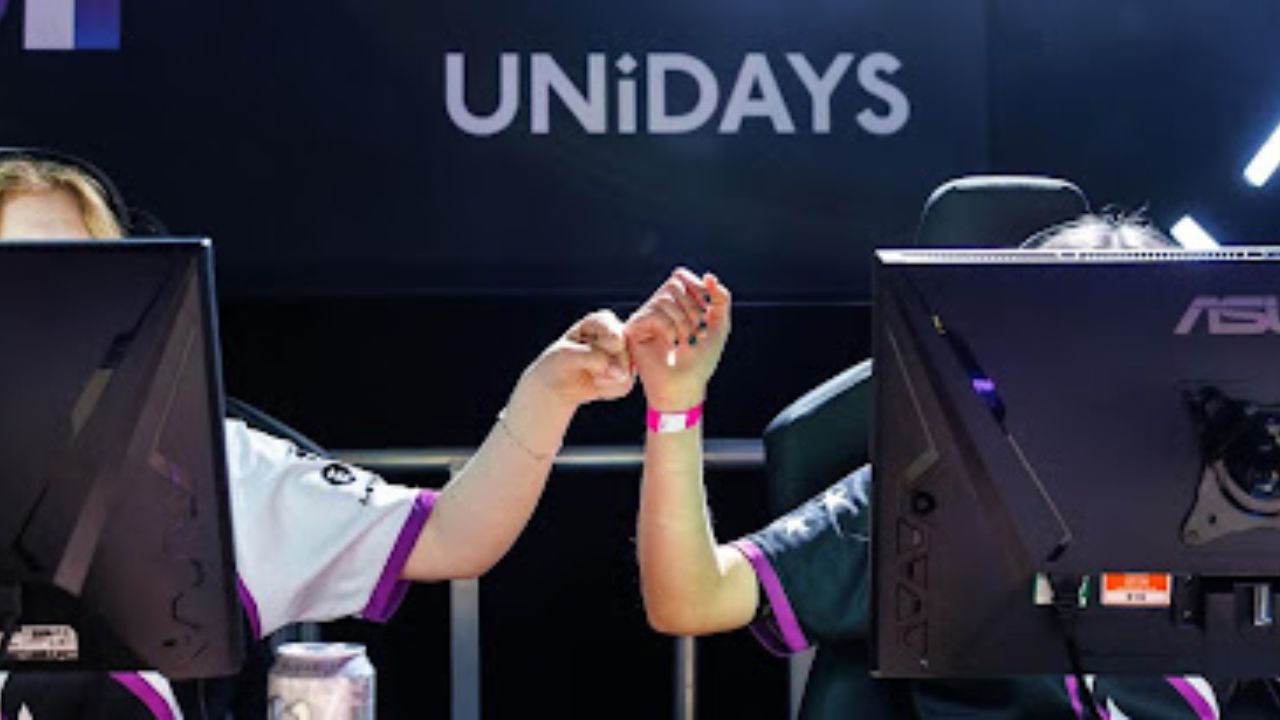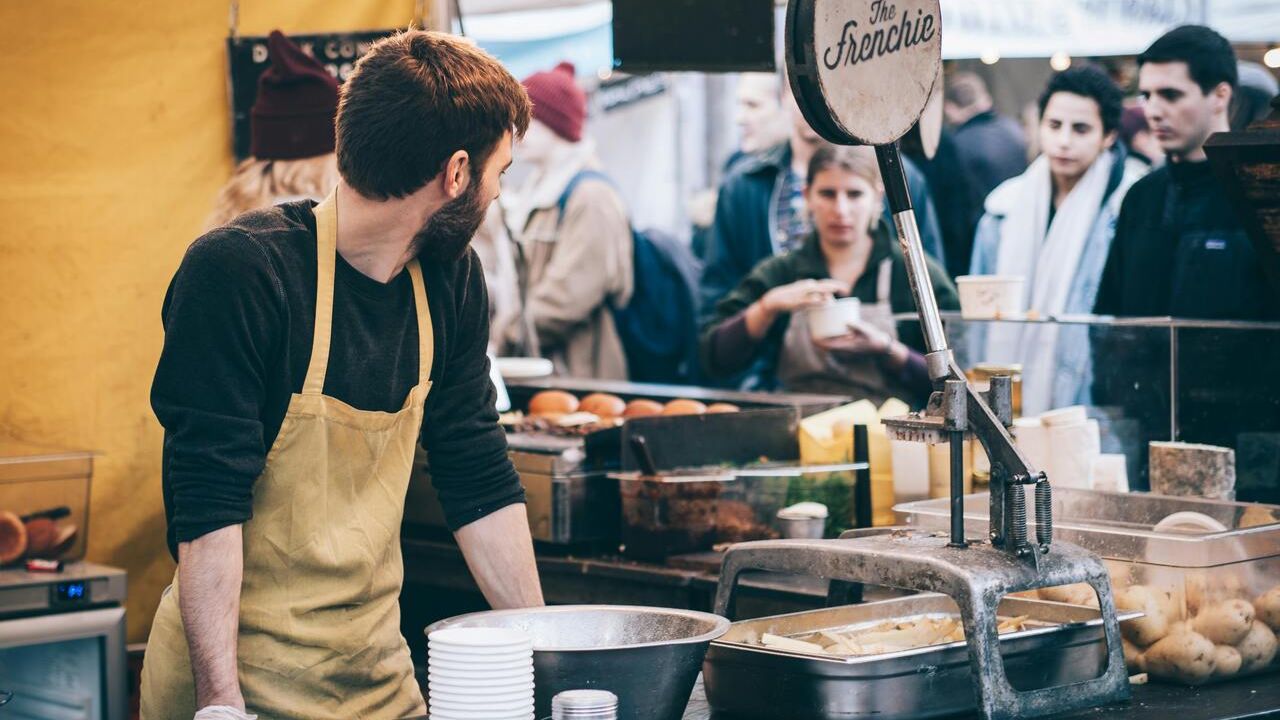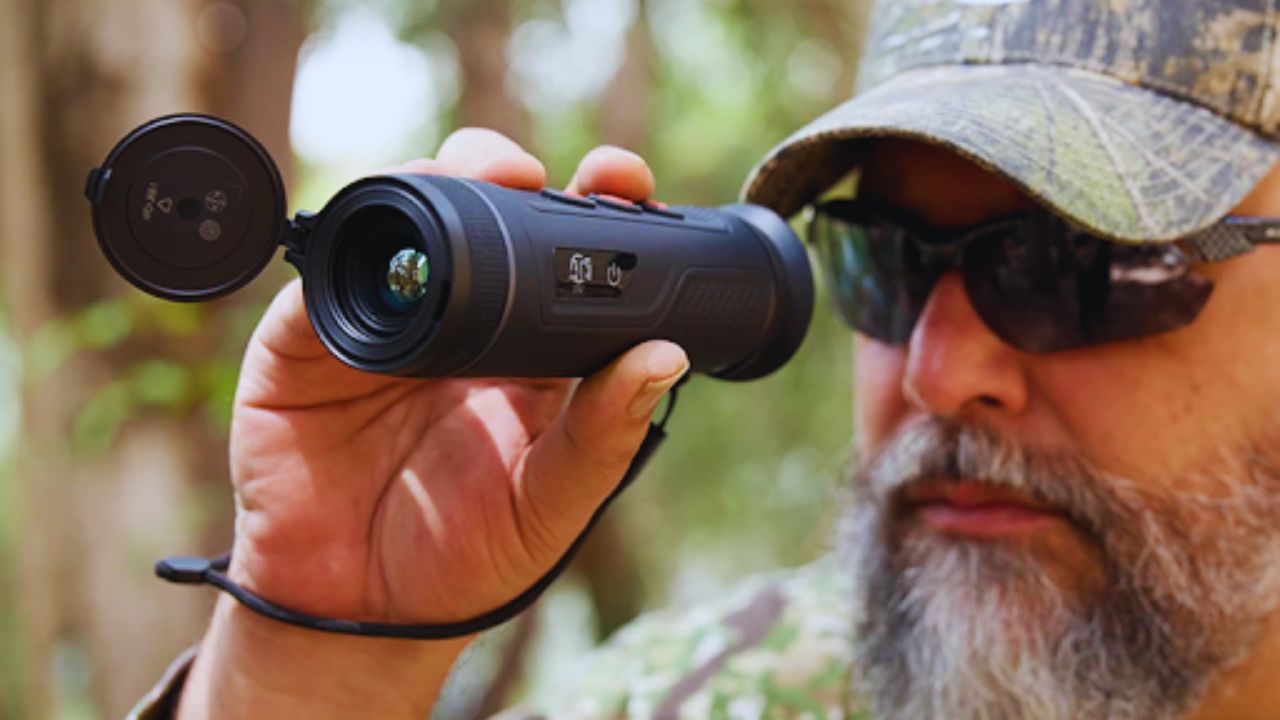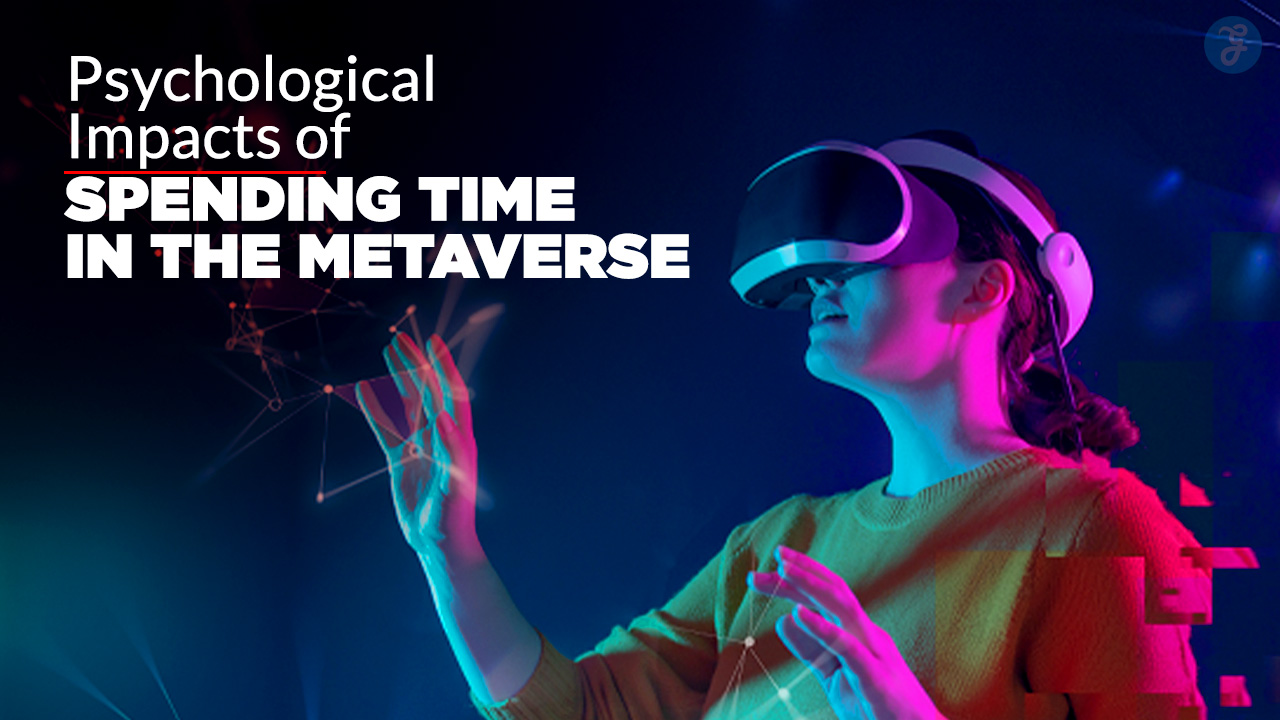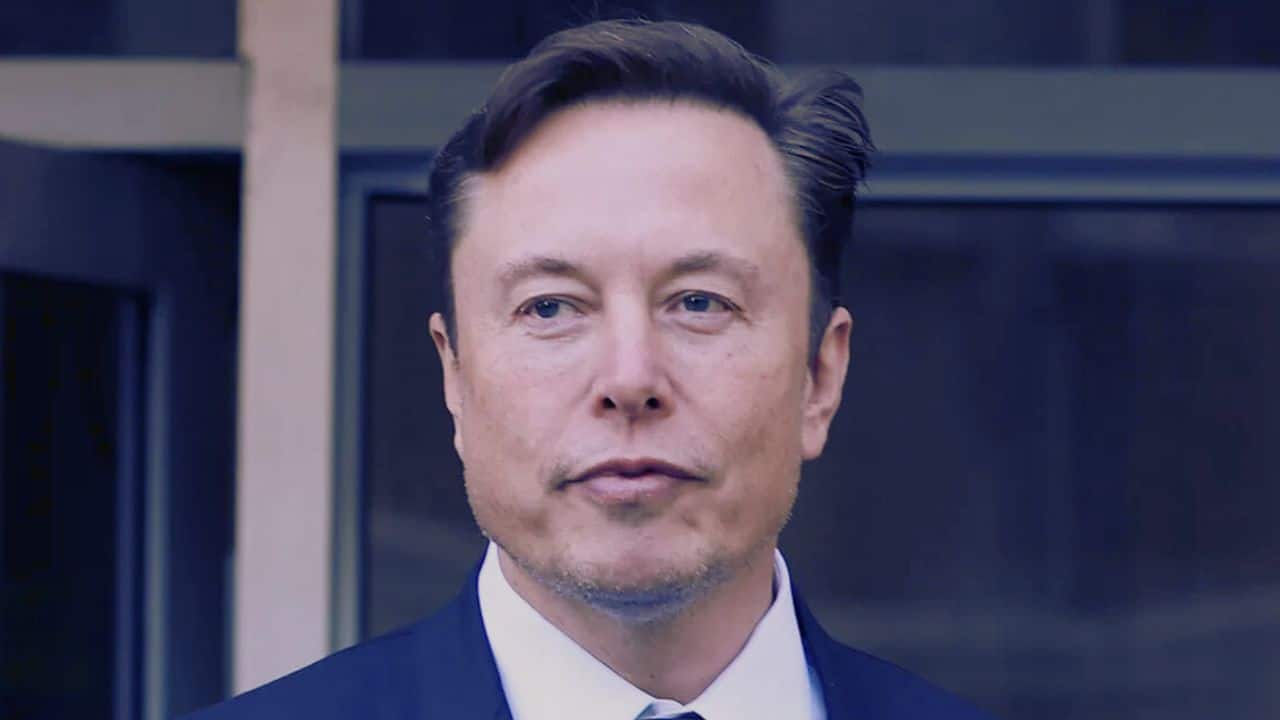The past few years have seen an explosion of artificial intelligence capabilities, especially when it comes to creating visual creative works such as images, videos, and other forms of digital art. Platforms such as DALL-E, Stable Diffusion, Midjourney and others have pioneered new artificial intelligence technologies that allow people to create stunning works of art by simply describing what they want in a text prompt. The demand for quality prompts is very high, you can purchase them on different services such as Prompts Ideas website.
How AI Art Generators Work?
These AI art generators have seen meteoric rises in popularity in 2022 as more advanced models are released that can take natural language prompts and generate surprisingly coherent and realistic digital artwork. With just a few words describing what someone wants to see, these platforms can interpret the prompt and rapidly synthesize an original image that fits the description. For example, giving the prompt “a peaceful village scene at dusk with mountains in the background” might result in a beautifully rendered landscape image capturing that vision.
The Impact of AI Art Generators
The rise of these AI art generators is changing how creativity works in several ways. For one, it is dramatically lowering the barriers to creating visual artwork. Where professional tools like Photoshop or art skills took years to develop, anyone can now dabble in digital art by describing their ideas in a prompt. This is democratizing the creation of visual works and driving more experimentation as people play around with generating different types of scenes, portraits, and concepts they imagine. It also allows visualizing ideas that may have been difficult to physically illustrate otherwise.
The Role of Prompts in AI Art Generation
Prompts Pivotal for AI Art
The use of natural language prompts is pivotal to how AI art generators function. By describing concepts in words instead of needing to specify complex parameters or provide example images, it makes the creation process much more intuitive for most people. The machine learning models behind these platforms have analyzed immense datasets of human-created images and correlated visual styles and compositions to matching text, allowing them to infer how to synthesize new images from prompts. However, getting the wording of prompts just right can significantly influence the outcome, so some experimentation is often needed to refine prompts.
Applications and Concerns of AI Art Generators
While lowering the bar to creation, AI art generators have also increased the scale at which digital artworks can be produced. Powered by advanced machine learning algorithms, these systems can rapidly generate high-quality images at scales not possible through conventional artistic practices alone. For instance, large-scale datasets of portraits or landscapes can now be algorithmically synthesized from textual prompts. This massive scale of output is useful for various commercial use cases such as background images, productmockups, and concept visualization.
At the same time, concerns have emerged around how the rise of AI art may impact human artists and the nature of creativity. Some critics argue these tools could reduce opportunities and economic viability for commercial digital artists by enabling anyone to quickly generate similar works. Others counter that AI only augments human creativity by acting as a collaborative creative aid instead of replacement.However, there are also fears that overreliance on AI generation could diminish people’s own drawing and ideation skills over time if the emphasis shifts too much to text prompts.
Emerging Forms of Human-AI Creativity
The reality is more nuanced, and the relationship between human and AI creativity is still unfolding. In many cases, AI art generators are inspiring new forms of human artistry that hybridize technological and manual techniques. For example, digital artists now use the generators to rapidly explore ideas and concepts before refining the outputs through traditional digital painting or editing. Musicians have also started experimenting with generating AI art synced to their songs as new forms of visual music emerge.
Some emerging creators are developing novel artistic practices centered around the humans dialoging with AI systems through iterative text refinements to generate artworks. This treats the human-AI relationship more as a back-and-forth conversation to discovering visual ideas rather than a replacement of human skill. As these AI tools continue advancing, more hybrid human-AI art forms will likely emerge that blend the strengths of technology and human creativity in new synergistic ways.
The Future of AI Art Generation
Overall, AI art generators have catalyzed incredible momentum in the democratization and scaling of visual creative works by lowering the barrier to experimentation and production. While concerns linger around their impacts, these tools are still in their early stages and the relationship between human and AI creativity is an open question that will continue evolving in interesting new directions. As both technologies and artistic practices progress, the most meaningful applications seem to be those emphasizing collaboration rather than replacement between human imagination and machine intelligence. The intersection of art, AI and human creativity has a long and exciting road ahead.


